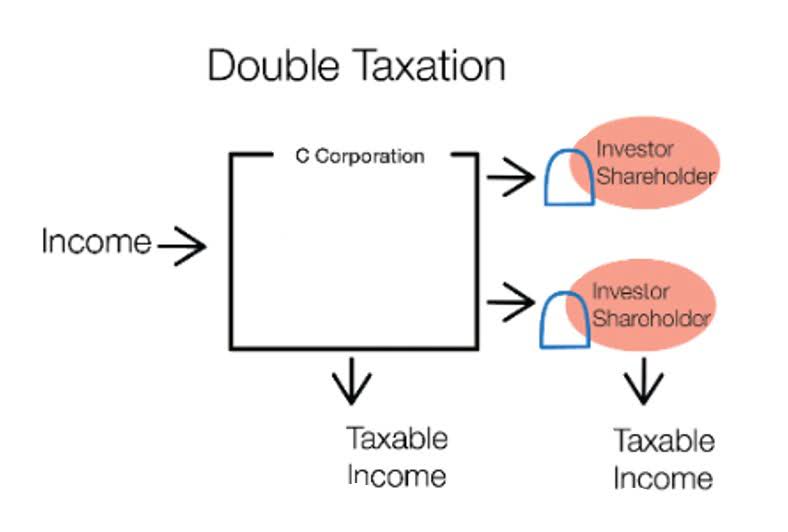
Therefore, audits act as a safety net to prevent any significant financial reporting errors. As you can see, the report has a heading that identifies the company, report name, and date that it was created. The accounts are listed on the left with the balances under the debit and credit columns.

It’s important to remember that income doesn’t necessarily mean cash received. It encompasses receivables and accrued income, which represent revenues trial balance earned but not yet received. It gives a snip of the company’s financial summary and transparency in identifying errors or discrepancies.
Types of Trial balance
Balance sheet accounts include Cash accounts, Marketable Securities, Accounts Receivable, Inventory, Fixed Assets, Prepaid Expenses, and Intangible Assets. Liabilities include Accounts Payable, Accrued Liabilities, Short-term Portion of Notes Payable, Notes Payable-Long Term, https://www.bookstime.com/articles/qualified-business-income-deduction and Deferred Revenues. Shareholders’ Equity Accounts in the balance sheet include Retained Earnings, Paid-In Capital, Treasury Stock, and Accumulated Other Comprehensive Income (Loss). This trial balance example includes an image and a description of a trial balance.
- Because the identical wrong amount is entered on both the debit and credit sides of the accounts, the trial balance still balances despite these inaccuracies.
- A vital auditing technique used to ensure whether the total debit equals the total credit in the general ledger accounts, which plays a crucial role in creating financial statements.
- If the total debits equal the total credits, the trial balance is considered to be balanced, and there should be no mathematical errors in the ledgers.
- To prepare a trial balance, the initially recorded transactions of a company in its ledgers are added.
- For instance, when a company purchases an asset, it results in an increase in the company’s assets (a debit) but also involves paying cash (a credit).
The systematic comparison of debits and credits began to take shape in the double-entry bookkeeping system that was popularized in the Renaissance period. The technique has since evolved, incorporating modern computational tools and software to achieve accuracy and efficiency. Once the adjusted trial balance is made, it is used to prepare financial statements.